The Visual Trick That Makes Yars’ Revenge Work
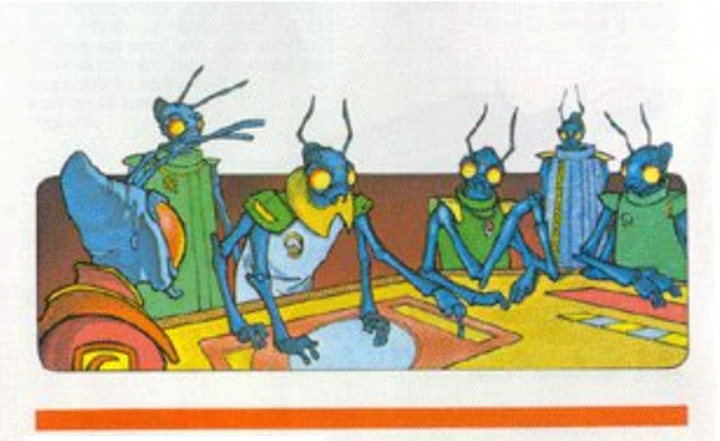
If you’ve never seen Yars’ Revenge in motion, you really need to check it out. It’s absolutely intoxicating. The deep synth tones create a mood of despair, while the flashing “Neutral Zone” draws your eye. The design of the fly-like YAR, despite being maybe a dozen pixels in total, is actually very cool. Even the font choice is great, and that’s something you probably never thought you’d hear someone say about in-game text from an Atari 2600 game.
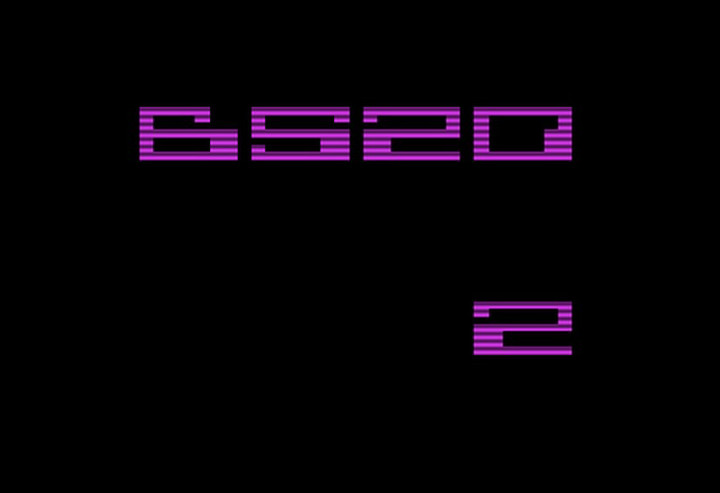
All of this, when taken together, makes Yars’ Revenge feel much too big for the 2600.
Gameplay-wise, Yars’ Revenge is basically a multi-phase boss fight against something called a Qotile base. In phase one, you fire at the shield until it dissolves. In phase two, you call in a strike with the powerful Zorlon Cannon. If you hit the base, there will be a multicolor explosion and you’ll end up facing another Qotile base, this time with a shield that has this sort of liquid-like phaser effect. In phase three, you’ll take out this new, trickier shield, and in phase four you’ll destroy another base. At this point, the game loops you back to phase one.
Now, I tried to get a video of all of this — because it’s really, really cool to watch — but I was thwarted. I captured the video below on PS4 (using the Atari Flashback Classics Vol. 1 game collection), and it doesn’t really show what’s happening. Big visual chunks of the game are missing.
The reason for this is that the creator of Yars’ Revenge, Howard Scott Warshaw, designed the game to pull a very particular trick on players. Remember how earlier I said the game feels too big for the Atari 2600? Well, that’s because it is too big for the Atari 2600. It works, though, because of this visual trick, which I’m going to attempt to explain.
I put together a screenshot to try to mimic what Yars’ Revenge actually looks like. In case you’re not familiar, the purple thing on the left side of the screen is the YAR (basically the player character). The rainbow-colored bridge in the middle-ish of the screen is the Neutral Zone, and that little green line sticking out of the left-hand side of the Neutral Zone is the Destroyer Missile (fired by the Quotile base — if that Destroyer Missile hits the YAR, the player loses a life). The dark red box is the shield, and the yellow thing inside that box is the Quotile base.
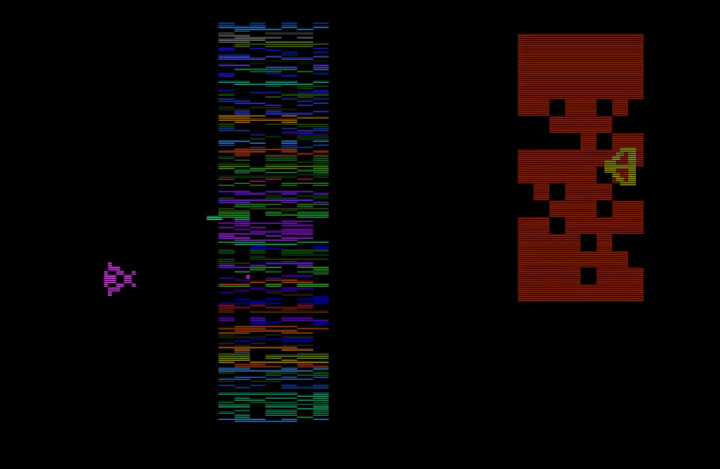
The image above is a composite of two separate screenshots (you can tell that its faked if you look closely, because the Destroyer Missile should be the same color as the Qotile base.
The reason I had to create a composite shot is because the Neutral Zone and the base’s shield are never on the screen at the same time. They’re both blinking in and out in a syncopated rhythm — the shield blinks in when the Neutral Zone blinks out, and vice versa. So a static screenshot will always be missing one or the other.
In case that description is confusing, the screen is doing this:
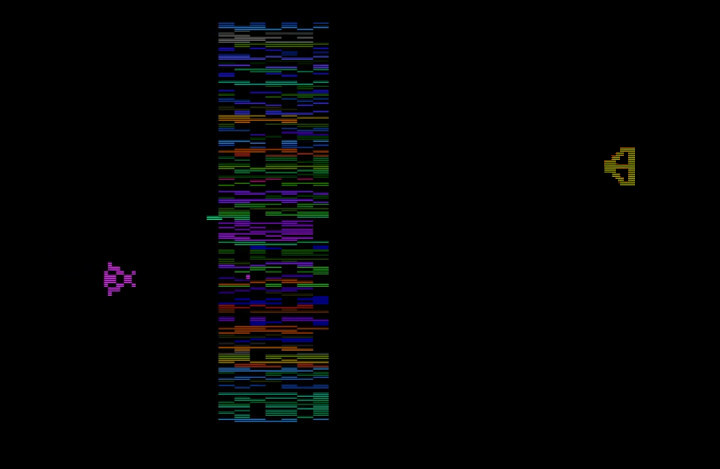
And then this:
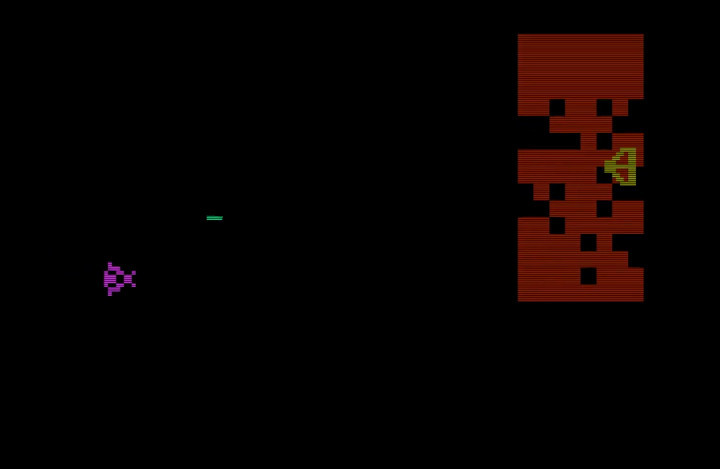
And it’s doing this very, very rapidly. Now, I should point out that both of those images are also faked — I made them to illustrate the effect. They don’t represent what’s happening with 100% accuracy (I believe some of the other elements, like the YAR’s projectiles, might be flashing in and out as well). Even so, I think it’s probably close enough that you should be able to understand the visual effect that I’m talking about by observing those images.
Now, if I’m understanding this correctly, all of this is basically due to a graphical limitation that doesn’t allow for there to be too much happening on the screen at once (the explanation is way more technical than that, but I honestly don’t have the knowledge to explain it on a technical level). In Yar’s Revenge, however, there is a ton of stuff happening on the screen, seemingly all at once. However, it’s not actually all happening at once at all. It’s two completely different sets of things happening on alternating frames, essentially doubling the amount of things that could potentially be happening at once.
In order to get a good video of Yars’ Revenge, whatever device you’re recording with has to be in sync with the game so that every frame lines up perfectly. (I suspect that the game is outputting at 60fps, while the recorded video is outputting at 30fps, which would explain why the above video failed to capture the game fully.)
One other piece of trivia that I should mention here: The Neutral Zone is actually game code. In a 1997 interview, Warshaw admits:
Do you know what that is? Here’s a great piece of trivia! It’s the actual program code, laid out vertically, and counter-scrolling over each other. I almost had a problem with Atari over it, because they felt it was a copyright violation to show the code on the screen. But I explained to them that first, besides the scrolling, there was some X-Y and random color processing being done to it, and second, if somebody could get the code from that, then they deserved it!
Because of this, the Neutral Zone is doing double duty as both code and a graphical object, thereby conserving memory (and memory on those Atari cartridges was at a premium).
All of his to say that Howard Scott Warshaw is a genius. He’s also the same guy who made E.T. The Extra-Terrestrial, but that’s an entirely different story.
